Homemade Dandelion Syrup - A Versatile Wild Food Source
Are you ready to explore the culinary possibilities of a plant often considered a pesky weed?
That's right, we're talking about dandelions! These vibrant yellow flowers have been making a comeback in the cooking scene, offering a versatile and nutritious addition to our meals. From homemade dandelion syrup to wine, tea, and more, dandelions are a wild food source that anyone can take advantage of. Join us as we dive into the world of dandelion syrup and discover how to make this golden elixir in your own kitchen.
The Dandelion's Journey
Originally brought to North America by the Europeans, dandelions have found their place in our ecosystems. These hardy little flowers have become naturalized in many parts of Canada and the United States. Not only are they important food sources for bees and other pollinators, but they also mark the arrival of spring with their cheerful blooms. This gives us the perfect opportunity to harness their culinary potential and create delicious dishes using various parts of the plant.
Edible Parts of the Dandelion
Did you know that every part of the dandelion is edible? Let's take a closer look at the different components and how they can be incorporated into your cooking:
1. Flower Heads
The mature bright yellow flower heads of dandelions are not only visually appealing but also packed with flavor. They can be used to make a deliciously floral syrup, wine, and even jelly. Dandelion syrup can be a delightful substitute for maple syrup on pancakes and waffles. It can also be used to sweeten tea, coffee, and all sorts of baked goods. The possibilities are endless!
2. Leaves
Dandelion leaves can be eaten raw or cooked, just like spinach and kale. They offer a similar earthy flavor and can be used in a variety of dishes. Whether you toss them in a salad, sauté them with garlic and olive oil, or incorporate them into a hearty soup, dandelion leaves provide a nutritious and tasty addition to your meals. They are rich in vitamins and minerals, particularly high in Vitamin A, C, and K. Plus, they offer a natural source of Calcium, Iron, and Manganese.
3. Root
The root of the dandelion is often dried and used to make a delightful tea. It has been traditionally used to treat infections, bile and liver problems, and is known for its diuretic properties. So next time you're craving a warm cup of tea, why not try dandelion root tea for a soothing and healthful beverage?
Making Your Own Dandelion Syrup
Now that we've explored the edible parts of the dandelion, let's dive into the process of making homemade dandelion syrup. The best part? Dandelions are pretty common throughout North America, so finding a patch of mature flowering dandelions to use in your kitchen shouldn't be a challenge.
Step 1: Harvesting the Dandelions
If you live in an urban setting, it's important to avoid picking dandelions growing next to highways or other possible toxic locations. Exhaust fumes and pesticides can easily contaminate the flowers, compromising their quality. Instead, venture out to the countryside or find a secluded field where dandelions grow freely. Trust us, it's worth the drive!
Step 2: Gathering the Ingredients
To make a batch of dandelion syrup, you'll need the following ingredients:
- - An 8L bucket filled with freshly picked dandelion flower heads
- - 6 cups of sugar
- - 10 liters of water
Step 3: Cleaning the Flower Heads
Once you've gathered a bountiful harvest of dandelion flower heads, it's time to clean them. You may have noticed that ants and other insects are attracted to the nectar and pollen of these bright spring flowers. While it's good to share with nature, it's best to remove the insects before cooking. Let the flower heads sit in their bucket for an hour or two, and they will naturally start to close. This makes it easier to trim and clean the flowers.
To use the dandelion flowers in recipes, it's important to remove the green stem and flower head base, and use only the petals. The base of the flower head contains latex, a bitter milky liquid that can affect the flavor of your syrup. Simply take scissors and cut the petals at the base, removing any green parts that come along with them. While this step can be tedious, it's a great opportunity to recruit your family or friends to join in the fun!
Step 4: Soaking the Flower Petals
Now that your dandelion petals are trimmed and ready, it's time to soak them. Unlike other recipes, we recommend soaking the petals in cold water for 2 days. This helps extract some of the pollen and flavorfrom the petals, resulting in a more vibrant and flavorful syrup.
Step 5: Straining and Cooking
After the petals have soaked for 2 days, it's time to strain them and extract the liquid. Using a fine-mesh sieve or cheesecloth, strain the liquid into a large pot, discarding the petals. Add the sugar to the pot and bring the mixture to a boil. Let it simmer for about 2 hours, stirring occasionally.
Step 6: Reducing and Bottling
As the mixture simmers, it will gradually reduce and thicken into a syrup-like consistency. Keep an eye on it and stir occasionally to prevent it from sticking to the bottom of the pot. Once the syrup has reached your desired consistency, remove it from the heat and let it cool slightly. Pour the syrup into sterilized bottles or jars, and seal them tightly. Your homemade dandelion syrup is now ready to be enjoyed!
The Versatility of Dandelion Syrup
Now that you have your very own batch of homemade dandelion syrup, let's explore the various ways you can use it in your culinary creations:
- - Drizzle it over pancakes, waffles, or French toast for a unique and flavorful twist.
- - Use it as a sweetener in your morning coffee or tea for a floral and aromatic experience.
- - Incorporate it into your baking recipes, such as cakes, muffins, or cookies, to add a touch of natural sweetness.
- - Mix it into cocktails or mocktails for a refreshing and botanical twist.
The possibilities are truly endless when it comes to using dandelion syrup in your dishes. Get creative and experiment with different recipes to discover your favorite combinations!
FAQs
1. Can I use store-bought dandelion flowers to make syrup?
While it's best to use freshly picked dandelion flowers for the most vibrant flavor, you can use store-bought dandelion flowers as a substitute if they're not available in your area. Just make sure they are free from any pesticides or chemicals.
2. How long does homemade dandelion syrup last?
When properly stored in sterilized bottles or jars and sealed tightly, homemade dandelion syrup can last for several months to a year. However, we recommend consuming it within 6 months for the best quality and flavor.
3. Are there any variations to dandelion syrup?
Absolutely! You can experiment with adding other flavors to your dandelion syrup, such as citrus zest, vanilla extract, or even spices like cinnamon or ginger. These additions can enhance the complexity of the syrup and create unique flavor profiles.
dandelion syrup, homemade, wild food source.

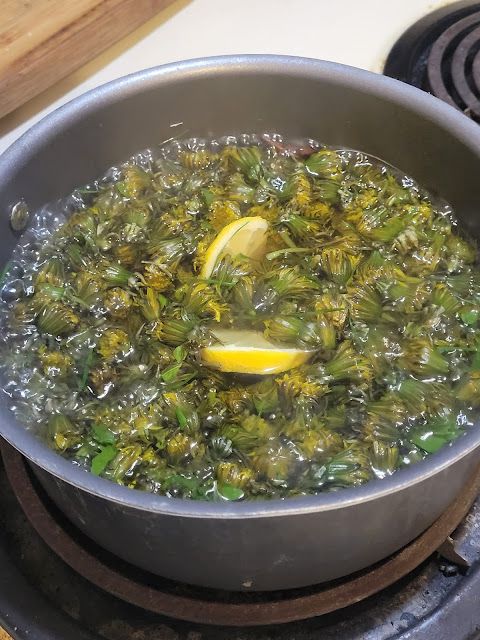


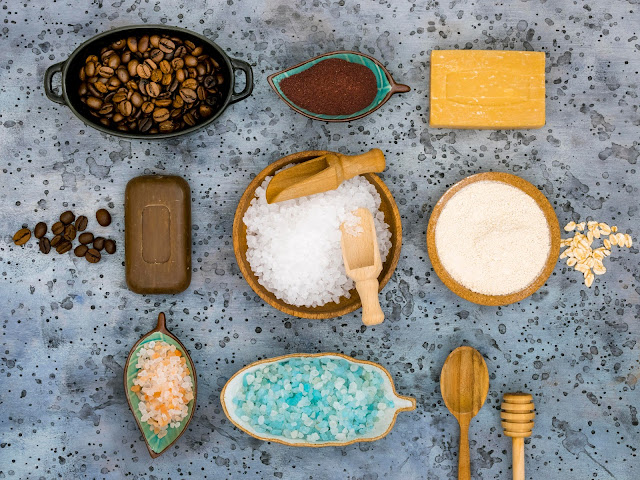

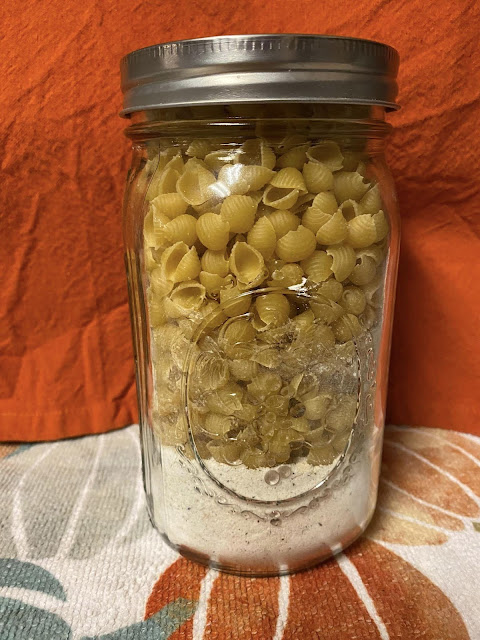




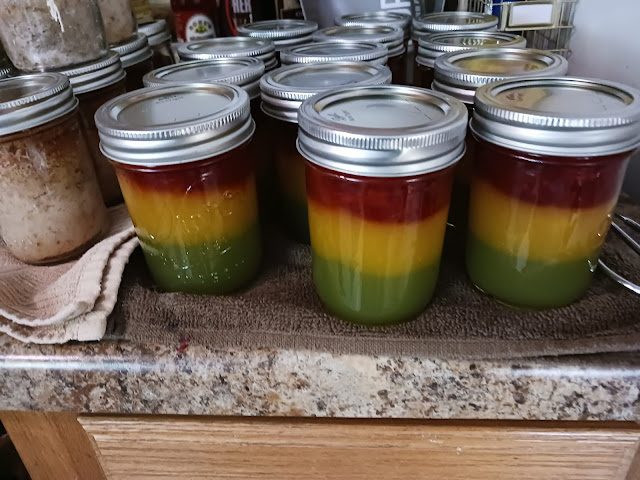

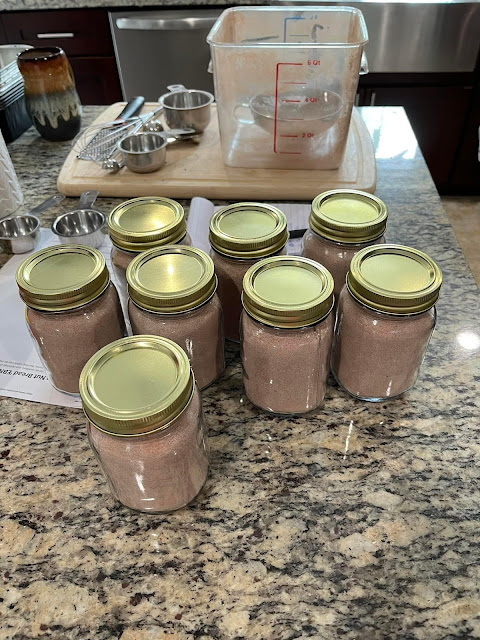
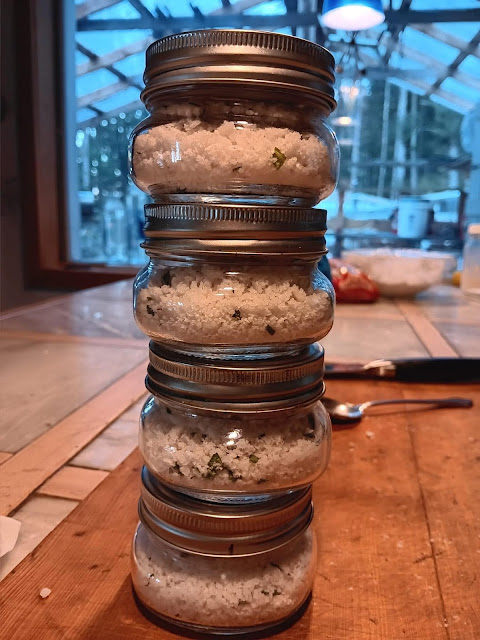
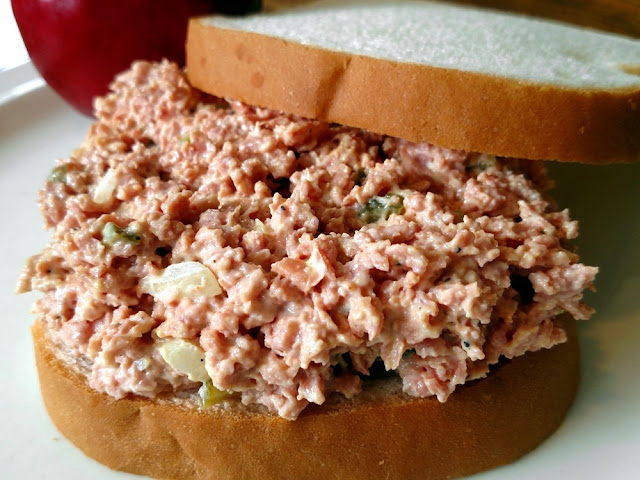



Comments